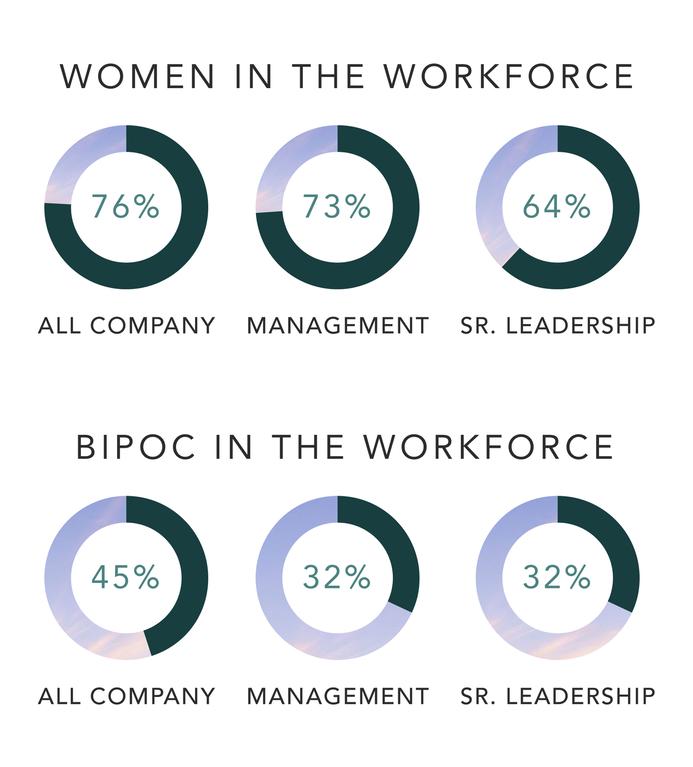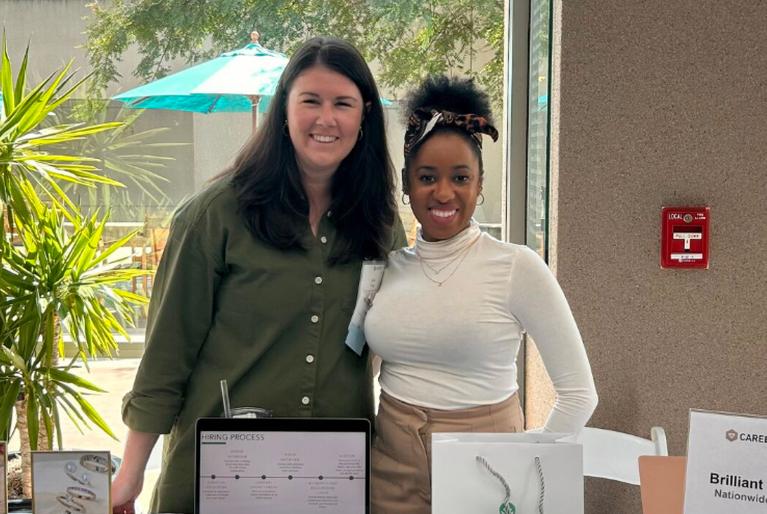Have a question?
We're happy to help


INCLUSION
In our community, you are included, cared for, valued, and supported.
Women-Led Business
From our leaders and board of directors to those just starting their careers, most of us are women. We are proud that our CEO & Co-Founder, Beth Gerstein, is one of the few women founders to have ever taken a company public.

Why Inclusivity is Important
“When we’re able to draw upon the expertise and inspiration of each team member, we discover more creative, effective and efficient solutions. Brilliant Earth is the company it is today because of our diverse team.”
—Beth Gerstein, CEO & Co-Founder

Diverse Employees Drive Our Success
Each of our employees brings unique experiences, skills, and perspectives that drive expertise, creativity, and innovation, and make us better.
DIVERSITY METRICS

PILLARS OF CULTURE


Investing in Our Team
We invest in our team by providing fair compensation and benefits, and encouraging their personal and professional growth. Together, we create a community that celebrates and cares for each other.

Championing Employee Belonging
At BE, we want you to be your authentic self.
BE included.
BE considered.
BElong.
To ensure this, we’ve built diversity, equity, and inclusion into our recruiting, hiring, and training and value inclusive leadership.
Our Awards
the muse
VIBE Best Medium-Sized Company for Financial and Retirement Benefits 2023
the muse
VIBE Best Medium-Sized Company for Professional Development Benefits 2023
BUILT IN
Best Places to Work 2023 & 2024
BUILT IN
Best Midsize Places to Work 2023 & 2024
Designing with Inclusivity in Mind
You inspire us. So we’ve crafted jewelry that celebrates you, an online experience that guides you, and showrooms that welcome you. From gender-neutral jewelry and extended sizing to virtual try-on technology in all skin tones, we always keep inclusivity top of mind.




